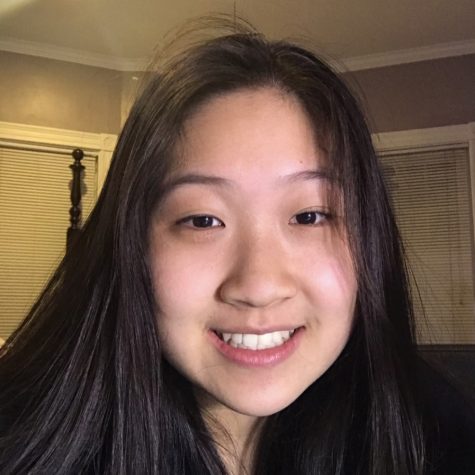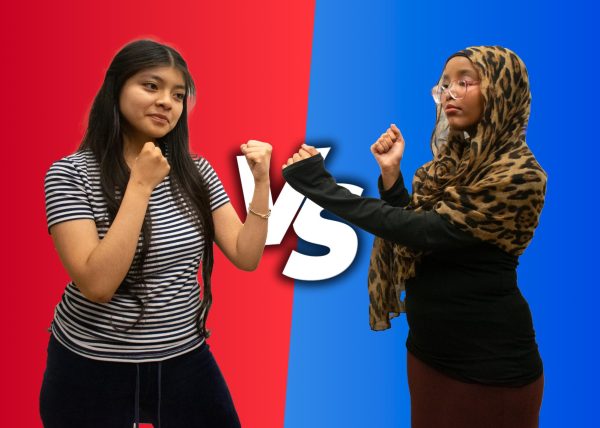Regaining the Plot: Diversifying our School Curriculum
The last few months have been a time of turmoil — between the upcoming elections, coronavirus pandemic and mass unrest following multiple murders of Black American men and women by police, the underlying injustices ingrained in American society and government have been brought to the forefront of mainstream conversation.
This has caused reflection on how schools teach social justice issues. The voices of powerful, rich white men have dominated academia in America, and this disparity in representation is present in our high schools, as seen in the curriculum’s lack of diversity.
Although we are gradually moving toward inclusivity and intersectionality in our schools, we ought to take a more active effort to include the voices of marginalized peoples, especially in general education classes.
Much of our curriculum is Eurocentric publications and teachings. “Oftentimes, [Person of Color] POC narratives and background are not included within the literature or textbooks,” Sarah Xu (I) explains.
Ziane Roberts-Clarke (I) agrees, saying, “whenever we read about a Black protagonist, their storyline was always heavily defined by racial trauma. […] In addition, disabled people have been completely censored from all of our school’s educational literature, and certain racial groups and sexualities were only displayed within the summer reading.”
Especially in the humanities, there have been efforts to spark discussions about the aforementioned social issues. For example, Things Fall Apart by the Nigerian author Chinua Achebe, a critique on European colonial efforts in Africa, is one of the many books in the 11th grade English curriculum. Things Fall Apart, however, is not mandatory across all English 11 classes. Some teachers may choose to read other books instead, robbing students of the unique perspective that Achebe brings to the table regarding colonialism and imperialism in his home country.
Our curriculum’s even offering a novel like Achebe’s is a rare occurrence. “While some books in the curriculum may feature these groups,” says Sylvia Posever (I), “they are either written from the perspective of a person outside of that group, or they portray the group of people as only having been impactful in one time period, or during one era.”
Furthermore, many conversations regarding current events and confronting America’s ugly history are locked behind specific classes. The Facing History and Ourselves course, for example, is populated mostly by students who already have an active interest in social justice.
Mandy Sun (I) says she took Facing History and Ourselves because she “was personally interested in Asian American studies.”
Although in an ideal world, people would voluntarily seek out these kinds of conversations, talking about racism, sexism, homophobia, etc. in general education classes such as English would force a wider audience to discuss and reflect on these issues.
To combat this lack of representation, several Boston Latin School students have started initiatives to pressure high schools into changing the current curriculum to address these concerns.
Sun and Xu helped write a petition asking school leaders to take action against racism against Asian people in the wake of the COVID-19 pandemic by teaching Ethnic Studies and revising the current curriculum to not focus only on the white American perspective.
Similarly, Roberts-Clarke and Posever started “Diversify Our Narratives” with the aim to insert a wider range of books into the English curricula of Boston Public Schools, especially those that are written from a more modern perspective.
From systemic barriers to casual microaggressions, marginalized people are still very much oppressed in our society. Diversifying the curriculum in schools is an essential first step to spark the necessary conversations that will create change in our societies.








